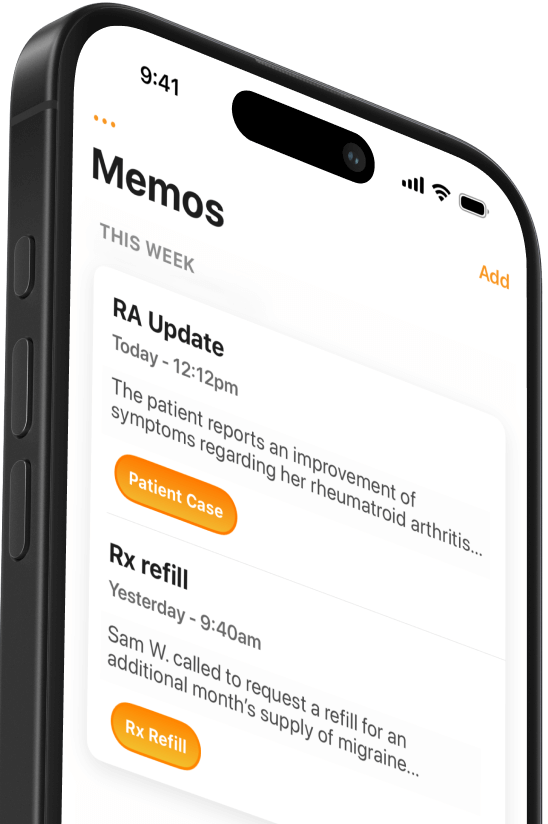Wearable trends in 2017
The consumer wearables market slumped in 2016, but 2017 shows promising trends as devices evolve beyond basic fitness trackers into multi-purpose wearables.


Popular articles
The consumer wearables market slumped in 2016, leading to dramatic end-of-year headlines like Wearables are dead. But with 2017 well under way we’re seeing some interesting trends and new devices in the world of wearables.
In December 2016, headlines for wearables were pretty gloomy. Insiders attributed headwinds to lack of consumer clarity around the purpose of wearables, their dependence on mobile devices, and dissonance between companies’ long-term strategic focus and the market’s emphasis on quarterly sales performance.
But the view from mid-year 2017 suggests that wearables aren’t dead, they’re just shifting focus. Recent numbers actually show that the worldwide wearables market reached an all-time high in the fourth quarter of 2016 with 33.9 million units shipped.
“The wearables market is changing,” according to Ramon Llamas, research manager for IDC’s Wearables team. Early on the wearables market was bifurcated between basic wearables - your classic pedometer or heart rate monitor - and smart wearables that could run third party apps.
Now we’re seeing a shift toward multi-purpose wearables that fuse together several health and fitness capabilities with smartphone notifications. Just in the last year, major platforms like WatchOS and Android Wear have pivoted toward fitness and health applications, with the ability to run third party apps taking a back seat. On the other side companies like Fitbit are gearing up to compete in the smartwatch market.
One result of the marriage between smart wearables and fitness trackers is that the technology and sensors that actually do the tracking are “going to disappear into the background,” according to Llamas. This presents opportunities for new products with an expanded range of users and uses - both serious and flippant.
2017 has already given us a taste of what these new products will look like. Verily recently released their Study Watch, a research device that passively captures health data with the explicit goal of enhancing care platforms and clinical research. With a long battery life, stylish design, and sensors that capture ECG, heart rate, and inertial movements, the Study Watch represents a big step towards unobtrusive biosensing.
If wearables are making research easier, they’re also increasingly designed for fashion. Early in 2017 we’ve already seen the rise of designer wearable hybrids, with watch company Fossil releasing two new smartwatches that operate with Android 2.0. Fashion company Marc Jacobs also entered the wearable tech market with its new watch Riley.
Of course the world of wearables goes far beyond watches, and 2017 is witnessing all sorts of new gadgets that you don’t wear on your wrist. According to Warable, you should be on the lookout for the return of smartglasses, Amazon’s Alexa in all your home appliances, new mixed reality devices, and much more.
Related Articles


We Get Doctors Home on Time.
Contact us
We proudly offer enterprise-ready solutions for large clinical practices and hospitals.
Whether you’re looking for a universal dictation platform or want to improve the documentation efficiency of your workforce, we’re here to help.


